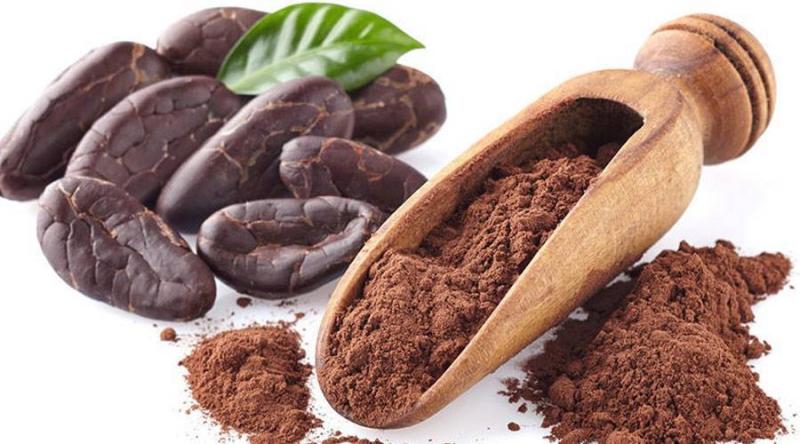Cocoa prices have declined, continuing a week of volatile trading marked by liquidity shortages, leading to pronounced price movements. Futures contracts in New York fell by up to 11% on Wednesday, reversing earlier gains from the same day. Prices have plunged 27% from their values recorded a few weeks ago.
The historic supply crisis caused by weak crops in West Africa drove the most actively traded contracts this year to unprecedented levels near $12,000 per ton last month. This increase raised the cost of maintaining positions and pushed traders to withdraw from the market, resulting in reduced liquidity and leaving cocoa vulnerable to significant price swings.
Jack Scoville, Vice President of Price Futures Group, noted that while the downward volatility has occurred "somewhat dramatically" due to reduced liquidity, it might still serve as "mostly a correction" and prices could return close to their record highs. He added that the market's ability— or inability— to "accumulate" would provide "an idea of whether this is just a long-term trend change or merely a short-term correction."
According to a Haitower report, traders have used the "sharp decline since last Friday's close to enter the long side of the market." Judy Ganis, President of J. Ganis Consulting, stated that markets might need "a new spark" such as adverse weather to return to record levels, adding that the market has already priced in the current shortage.
Ganis remarked, "Bull markets need to be continuously fed to stay alive," and the price surge has created a "gap" due to a lack of new buyers. He continued, "The market doesn't necessarily have to fall due to new news, but due to already overestimating the deficit. As for renewed buying, there's a saying: don’t try to catch a falling knife. So buyers are stepping aside."
Market brokers reported that major cocoa producers in Ivory Coast and Ghana, amid one of their worst harvest seasons in decades, lack beans available to fulfill shipments amounting to half a million tons that have been sold previously at about a quarter of the current global prices.
Weak harvests in Ivory Coast and Ghana, which produce nearly 60% of the world's cocoa, have led to a significant global shortfall in the current 2023/24 season (October/September), causing global prices to more than double this year alone.
The two countries sell most of their cocoa production ahead of the year, then use the average of these forward sales to set the "farm gate" price for the following season. The concept is to use the farm gate price to protect farmers from volatile global prices, and while they might incur losses this season, farmers should theoretically benefit in the upcoming 2024/25 season.
However, on this occasion, forward contracts will affect the average selling price for next season’s crops, thereby reducing the price received by farmers. Industry sources stated that cocoa farmers in Ivory Coast are currently earning 1,500 West African francs ($2.46) per kilogram of their beans, while in countries like Cameroon, where cocoa is traded freely, they are getting 5,500 West African francs ($2.46) per kilogram. The price gap between Ghana and Cameroon is similar.
As a result, many farmers in Ivory Coast and Ghana are smuggling their beans to countries where they earn more money, a trend likely to continue into the next season, according to industry experts, as the price differential is expected to remain substantial.
Double Whammy
Farmers in Ivory Coast and Ghana face a double whammy. They are not only receiving relatively low prices for their beans, but their crops have also been damaged due to adverse weather and diseases, limiting what they have to sell, unlike competitors in the rest of Africa and beyond.
Traders, brokers, and analysts indicated that farmers in Ivory Coast and Ghana are unlikely to invest in their crops through practices like pruning and using fertilizers and pesticides, which could lead to significantly higher yields early in the next season.




